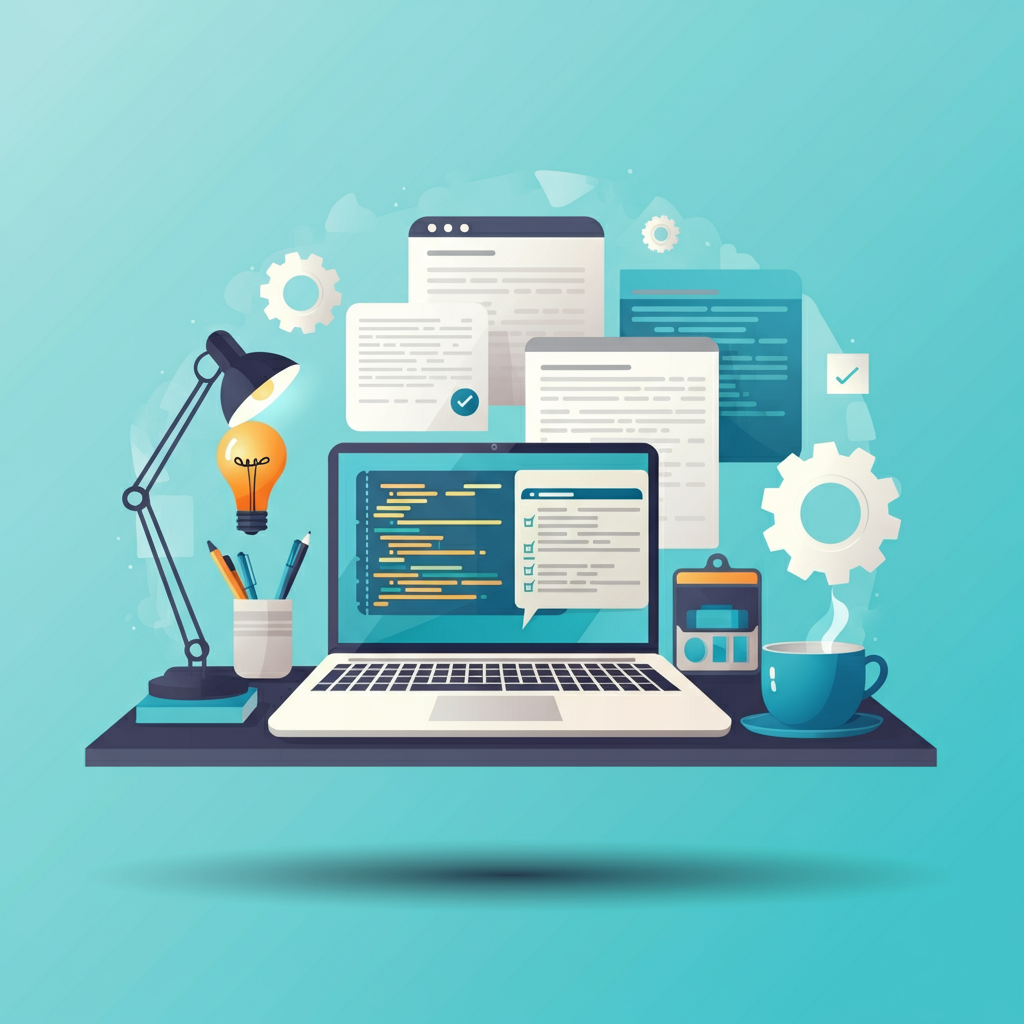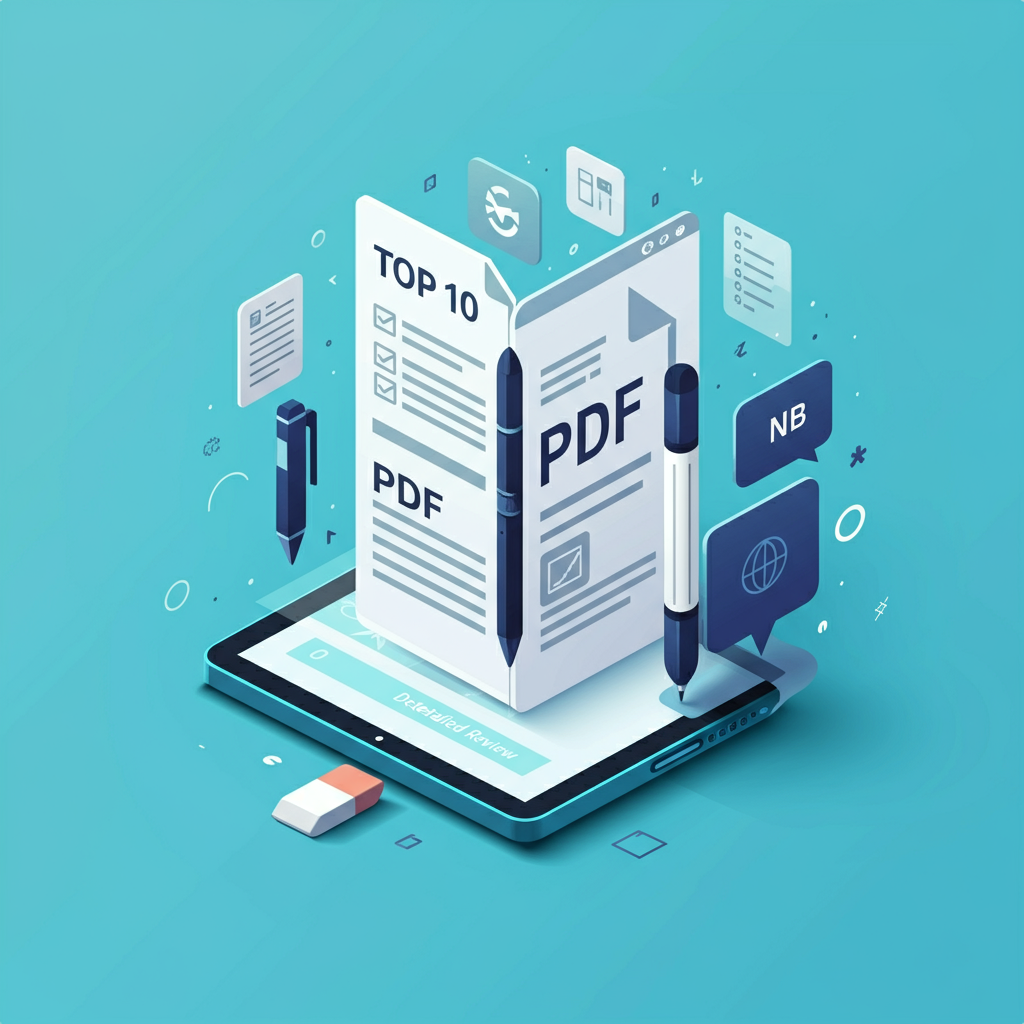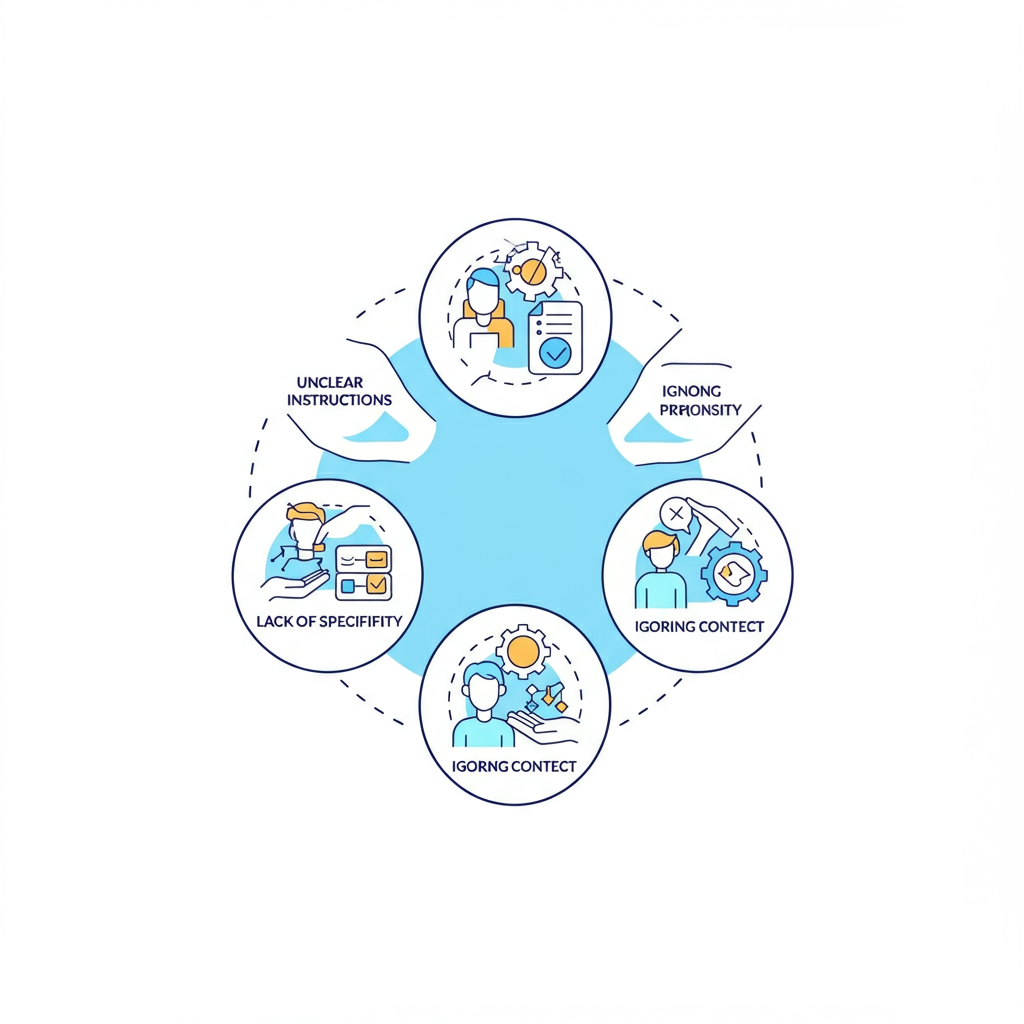Artificial intelligence has been making waves across industries, transforming the way we work, live, and interact with technology. Google, a pioneer in innovation and technology, has been at the forefront of this revolution. At Google I/O, the tech giant unveiled cutting-edge AI advancements aimed at bringing next-level capabilities to developers, businesses, healthcare professionals, and everyday users. From groundbreaking medical image analysis to tools that redefine creative workflows, these new updates are set to leave a profound impact.
This blog dives deep into Google I/O’s 15 game-changing AI updates, their applications, and the industries they aim to disrupt. Whether you’re an AI enthusiast, developer, or a healthcare professional, there’s something in here for you. Let’s explore how Google is using AI to shape the future of technology.
15 Mind-Blowing AI Updates from Google
AI Update 1. Universal Multimodal Search
Google unveiled a massive upgrade to its search experience by implementing advanced multimodal AI. This system allows users to search across text, images, and even videos simultaneously, providing highly personalized and contextual results.
Why It’s Powerful: Whether you’re a developer optimizing search functions or a healthcare researcher looking for study materials, this update enhances discovery capabilities. For businesses, this opens up powerful e-commerce opportunities by simplifying product searches for users.
AI Update 2. AI-Powered Coding Assistant
Google’s AI-driven coding assistant now provides real-time debugging and proactive suggestions for developers. Features include auto-generated boilerplate code and compatibility checks.
Impact: Developers working on advanced AI projects, including medical imaging and deep learning, can significantly speed up coding and prototyping with this assistant.
AI Update 3. Quantum Computing AI Models
Google showcased AI applications in quantum computing. These models are fine-tuned for complex optimization problems in areas like supply chain logistics and medical data processing.
Real-World Application: While not yet widely implemented, quantum computing AI opens doors for groundbreaking advancements in medical research and predictive analytics.
AI Update 4. Google Lens Multilingual Translator
Google Lens has taken its translation capabilities a step further, offering real-time and contextually accurate translations across video, images, and text.
Who Benefits: Ideal for students, travelers, and professionals collaborating across borders, this tool facilitates seamless communication.
AI Update 5. Project Starline 2.0
Google has enhanced its telepresence platform Project Starline, which uses advanced AI and 3D modeling to provide life-like video calls. With better contextual understanding and minimal latency, Starline now feels like sitting across the table from someone.
Applications: This tool can revolutionize virtual consultations in healthcare or enable high-stakes, virtual negotiations in business.
AI Update 6. Advancements in Medical Image Analysis
Google announced updates specific to medical image analysis using AI. These include enhanced U-Net architectures and new segmentation techniques that provide higher accuracy in identifying anomalies in medical imaging datasets.
Practical Use Cases: For radiologists and pathologists, these improvements in segmentation make diagnosis faster, more consistent, and reliable.
AI Update 7. AI-Powered Text-to-Video
Google introduced technology that converts written content into high-quality videos, complete with animations and voiceovers. Ideal for creatives, teachers, and marketers, this tool simplifies content production.
Why It Matters: This democratizes content creation and allows brands to reach wider audiences with minimal resources.
AI Update 8. AutoML for Everyone
Google’s AutoML platform has been revamped with a focus on usability. Now, even non-developers can train AI models with streamlined, user-friendly tools.
Potential: This opens up AI’s capabilities to small businesses, educators, and analysts with limited technical expertise.
AI Update 9. Bard Upgrades for Developers
Google Bard, its conversational AI tool, has been equipped with API integration capabilities, language enhancements, and industry-specific datasets.
Use Case: Business leaders and developers can tailor Bard to their domain, be it healthcare consultations or interactive learning.
AI Update 10. AI for Sustainability
Google introduced AI models aimed at improving energy efficiency for businesses by analyzing energy usage patterns and optimizing resources.
Industries Impacted: Manufacturing, logistics, and urban planning were key industries discussed where sustainability AI can make a meaningful impact.
AI Update 11. AI Ethics and Bias Frameworks
Google has refreshed its commitment to ethics in AI with new frameworks to detect and combat biases in decision-making processes.
Key Takeaway: For decision-makers integrating AI, ethical concerns are addressed right at the framework level, making Google tools more compliant and inclusive.
AI Update 12. AI-Powered Cloud Security
Enhanced AI for Google Cloud helps organizations detect threats faster, protecting sensitive data from breaches and cybersecurity risks.
Massive Benefit: Businesses dealing with medical information, classified data, or intellectual property found this update particularly significant.
AI Update 13. Google Workspace AI Features
Google Workspace now includes advanced AI tools to draft emails, summarize documents, and even create marketing content automatically.
Takeaway Mark: Teams across industries can now save hours of manual effort and redirection, boosting productivity effortlessly.
AI Update 14. Advances in Deep Learning Segmentation
Google improved its deep learning segmentation models to work with higher-dimensional datasets like 3D imaging or satellite scans, offering robust industry applications.
Best Fit: Medical imaging professionals and researchers working with multidimensional inputs will benefit immensely from these advances.
AI Update 15. AI Music Synthesizer Tool
To support creatives, Google has revealed an AI music synthesizer capable of generating original soundtracks and effects from text input.
Why It’s Exciting: Game designers, audio engineers, and musicians can rapidly prototype projects using this advanced AI tool.
Practical Application and Tips for Developers

For developers eager to leverage these Google AI tools:
- Start Small: Experiment with AutoML and Google’s AI platforms before scaling larger projects.
- Use Pre-trained APIs: Save time by using Google’s pre-trained APIs for basic functionality like translation or content moderation.
- Focus on Optimization: When implementing updates like text-to-video or multimodal search, ensure the resources align with user needs.
Real-World Impact Across Industries
AI updates from Google I/O hold revolutionary potential across various sectors:
- Healthcare: Enhanced segmentation in medical imaging will lead to faster diagnoses and improved patient care.
- Education: Text-to-video tools will bring engaging, multimedia-rich lessons to e-learning platforms.
- Retail: Multimodal AI search enhances product-discovery experiences for e-commerce shoppers.
- Tech Development: Quantum computing AI will solve complex optimization problems for logistics providers.
The Future Direction of AI Innovation at Google
The updates showcased at Google’s I/O event underscore the brand’s commitment to pushing the boundaries of AI capabilities. With a strong emphasis on ethical use, inclusivity, and real-world impact, Google remains one of the pioneers shaping the future of artificial intelligence.


